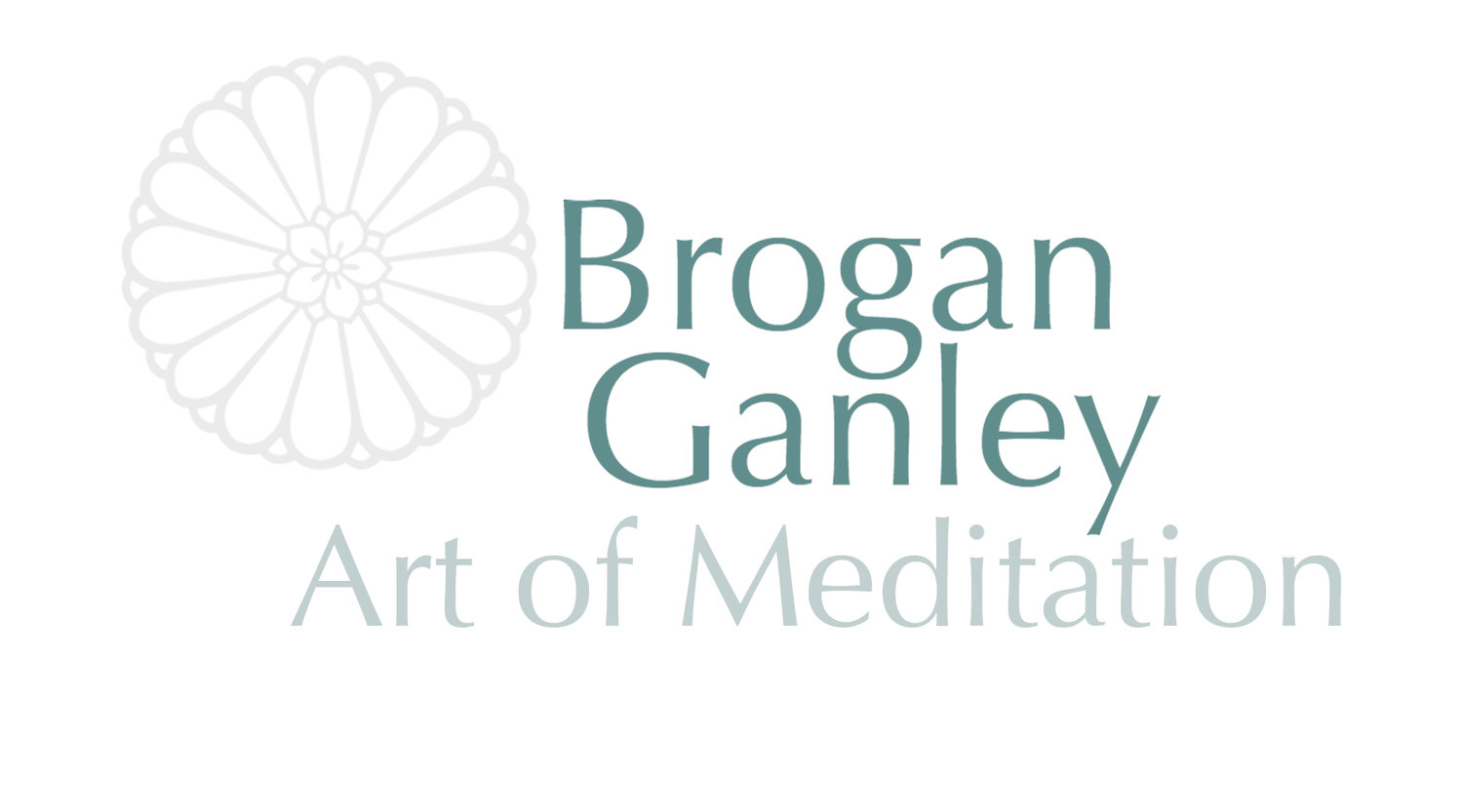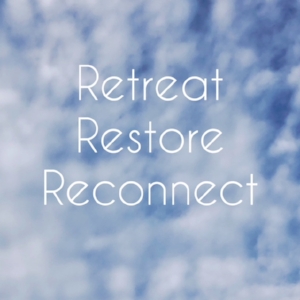As an artist and mindfulness and meditation teacher, I feel that these fields run together. My artwork tends to be contemplative and meditative, and, over the years, I have gradually developed a program called the Art of Meditation. It is a program for both adults and children but let’s continue the recent blogging theme focusing on — children. For kids the Art of Meditation programming is designed to encourage them to embrace their creativity, self worth, and compassion. We look at different emotions,—different ways of thinking and expressing ourselves, and learn about meditation and mindfulness. I really see first hand the difference for children when they are empowered to be creative and imaginative and given the space to explore without fear of “making a mistake.” And we are ALL creative! To be human is to be creative.
Creating art is special–it involves a mind and body connection. We always start with a meditation and discussion on the particular area of focus and then move into our creative projects, which are tactile. I think this helps make the transition into the project fluid. The minute you have to work with your hands you can’t really be doing much else with your mind.
This is where mindfulness comes in. Mindfulness in creating art occurs when we are just focusing on making the work, we are in the moment, whether that be drawing a line, weaving, painting, stitching, or molding clay etc.
When we are mindful, whether in a Mindful Meditation practice or mindfully making artwork, we are absorbed and something magical happens. The worries of the day disappear, we are no longer controlled by our thoughts, we can find an inner peace and a great sense of freedom. It is a relief to get out of your own head.
I’ve written here before about overstimulation in children. Children have a barrage of stimulation all day long, jumping from one thing to another and I believe making art mindfully can be a wonderful way to unwind and find some moments of peace and calm as well as opening a door into curiosity and play.
The mindfulness in art might take a bit of practice. With our attachment to devices and multi-tasking, we have essentially been training ourselves not to focus. In mindfulness practice and art making, we want to be able to hold our focus in an open relaxed manner. Thoughts may come and go, but we can bring our focus back to the art making, to the molding or whatever is holding our focus.
There are many “Mindfulness coloring books” available now and this can be an easy way to start. Maybe you set time aside to do this with your child. Be sure to give yourself permission to just be coloring as well. You are not planning what is for dinner, or ruminating about a meeting earlier in the day – you are just coloring, you select the color you feel drawn to, feel the contact with the paper, you work with clear focus.
Then take it a step further – it’s nice to play outside the lines, to not have rules and regulations when creating. This is key. Just grab a bunch of materials at the art store and let your child play. Let her explore, be curious and make a mess. Do not be concerned with the outcome of something, but rather just the experience of making. This is where the joy happens. This is where creativity occurs. One thing flows into another.
Creativity is important for everyone. That sense of curiosity and exploration is something that comes naturally for children and we want to embrace and encourage it, and maybe even learn from it!
We want our children to find their joy, to discover what makes them tick and the way to do that is through exploration. Creativity and art making can bring our children so much joy, but it is also essential for problem solving. Thinking outside the box is a must whether your child grows up to be a plumber, a mathematician, scientist, corporate mogul, or an artist.
Children learn through all their senses, so don’t be afraid to bring other things into their creative practice besides store-bought art supplies. Writing their own songs, poems, stories, digging in the dirt with their hands, smelling different plants, noticing the shape of cracks on the pavement, the movement of the clouds in the sky–these are all things that open the world for them. They are explorers – in fact we all are explorers and we should remain that way throughout our lives.
Creating art can also have a level of social and emotional teaching, a way to observe our thoughts and our inner critic. Sadly this voice can start early. A child might start to compare his drawing to the kid sitting next to him and think the other kid is better. This can be a teaching moment for both of you. Bringing awareness to this thought, noticing how it makes him feel, deciding whether it is particularly helpful or even truthful.
Acknowledge it, let it go past. With practice this self-critic, which is really just a habit, will lessen and we hope disappear, or a least only appear when it is helpful.
We want to create an open explorative environment where there really are no mistakes, only experiments, with the focus on making, rather than the end product. To loosen up the attachment to the result of the drawing, try having you and your child draw with your eyes closed. Enjoy the sensation and then when you open your eyes, enjoy the shapes you have created!
In this open creative space there is no right or wrong way to draw, there is no “good” or “bad” drawing, just the piece you are working on.
Mindful Art Project – for both kids and grown-ups
Have some pencils (add in colored pencils and paint if you fancy –but it’s not necessary) and paper on the table.
Before you start, close your eyes, feel your feet on the floor, your seat, and start to notice your breath coming in and out of your body. Follow the breath for about 5+ rounds. And then slowly open your eyes.
Pick and the pencil and then really notice how it feels in your hand.
Place your paper ready to go, feeling the texture with your fingers.
Close your eyes again and begin to take your line for a walk…. Just really experience the sensation of the pencil dragging across the paper. Move the pencil all around the paper, fluidly, in any way that feels good.
When you are finished, open your eyes and marvel at your creation! Then you get to go back in to that creation. Maybe you use your watercolors, your colored pencils, or continue with your pencil, shading, maybe filling each shape with pattern, just enjoy. Remember there is no “bad” or “good” drawing, just the one you are working on!
“The artist is a receptacle for emotions that come from all over the place: from the sky, from the earth, from a scrap of paper, from a passing shape, from a spider’s web.”
Pablo Picasso
Brogan Ganley is a Mindfulness and Meditation teacher and healer, specializing in relief from depression, stress, and anxiety for both adults and children. Contact Element Healing to book a session using Mindfulness, Meditation, Restorative Yoga, Reiki, Nutrition and Essential oils.



















